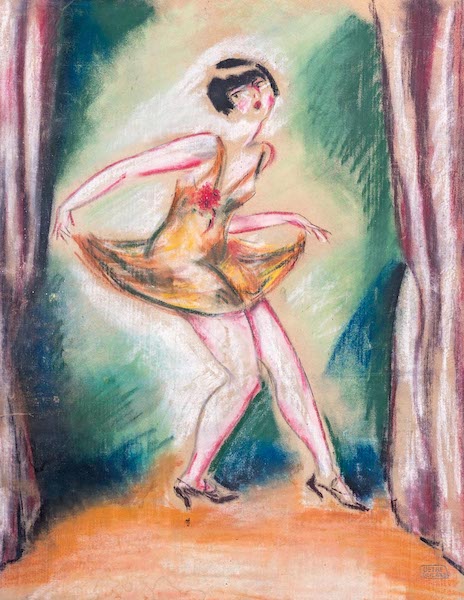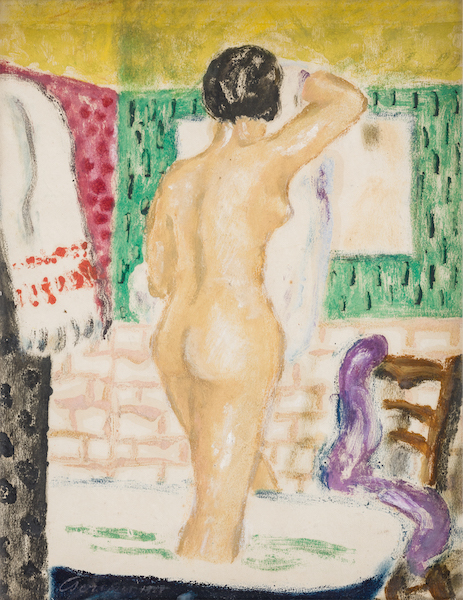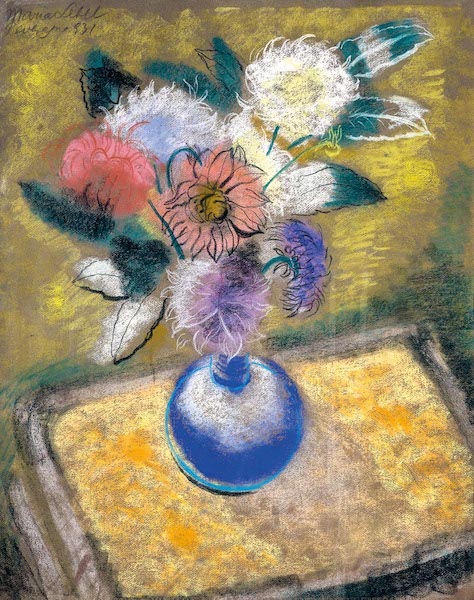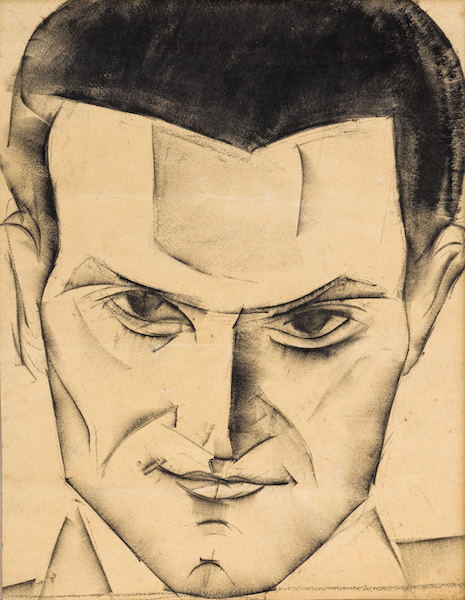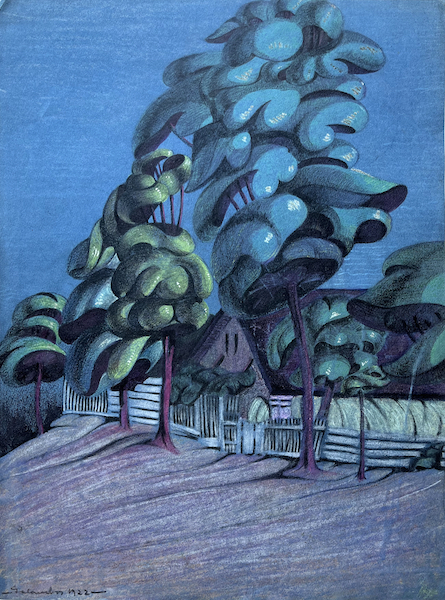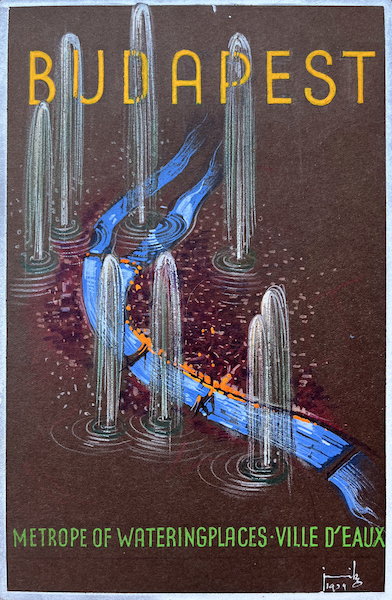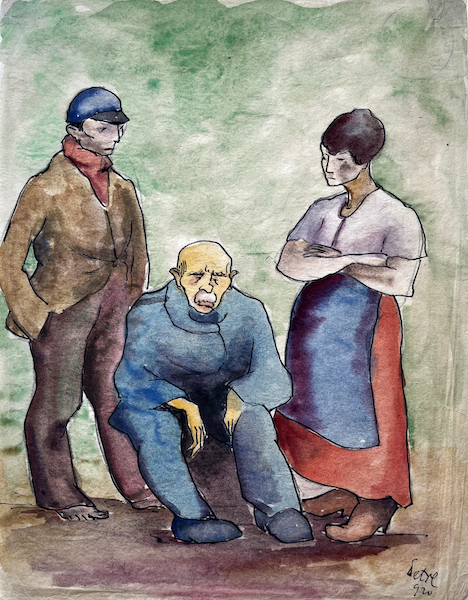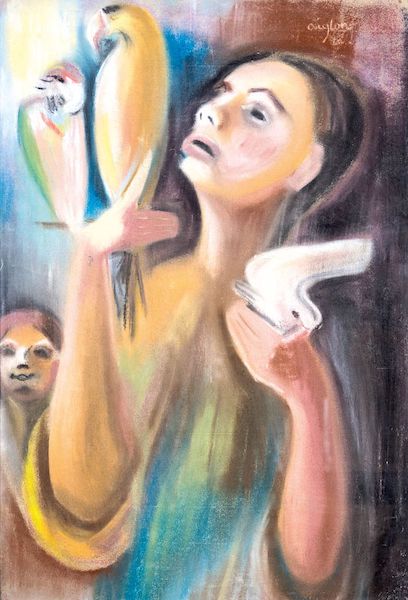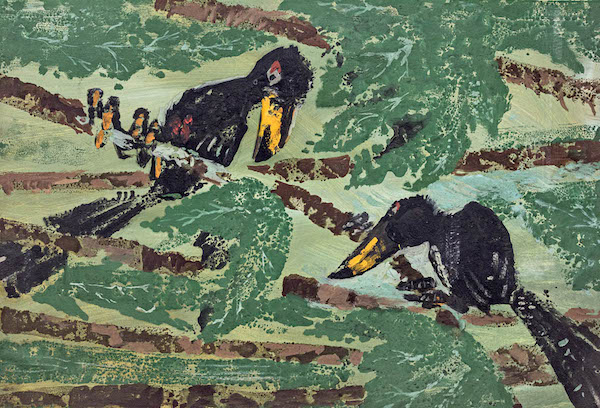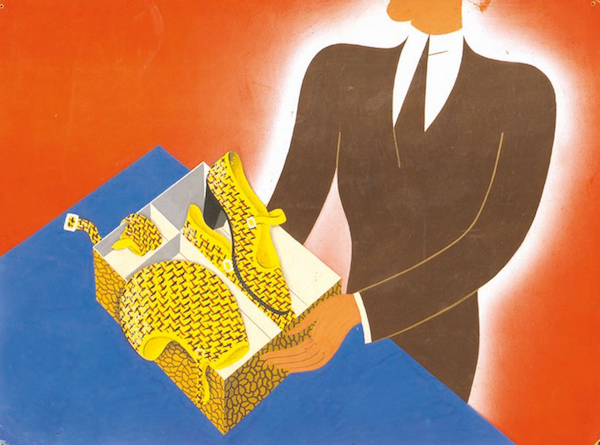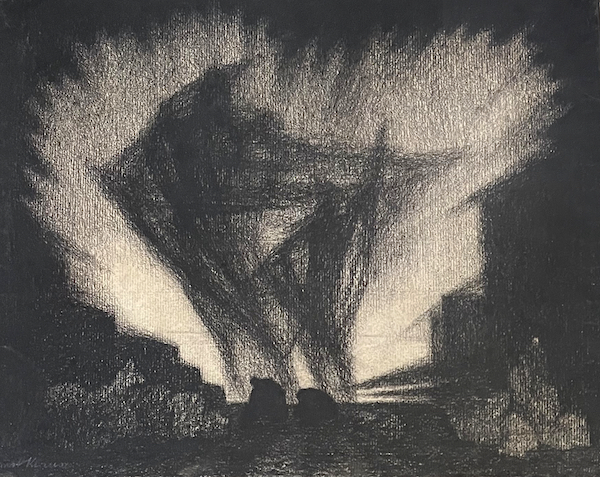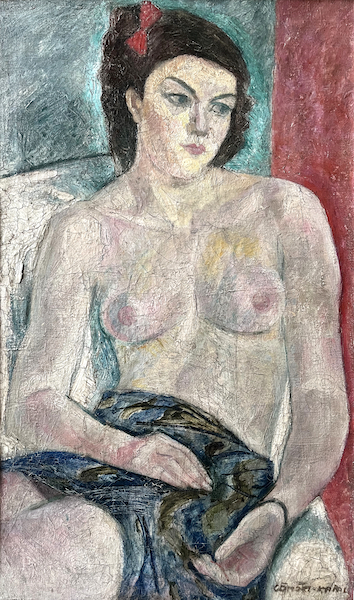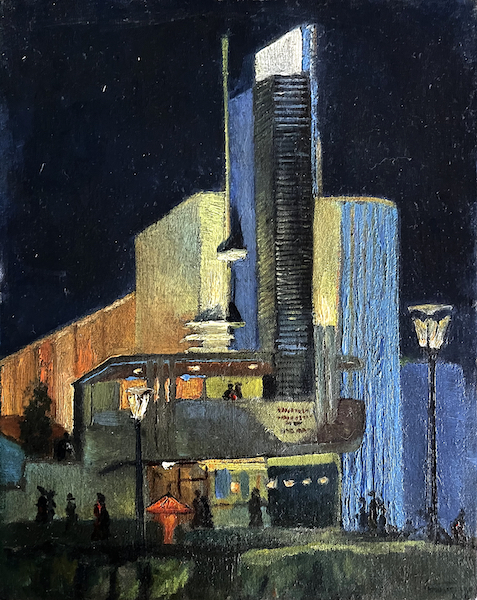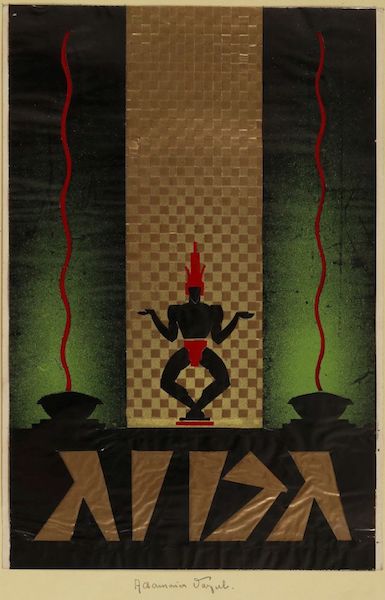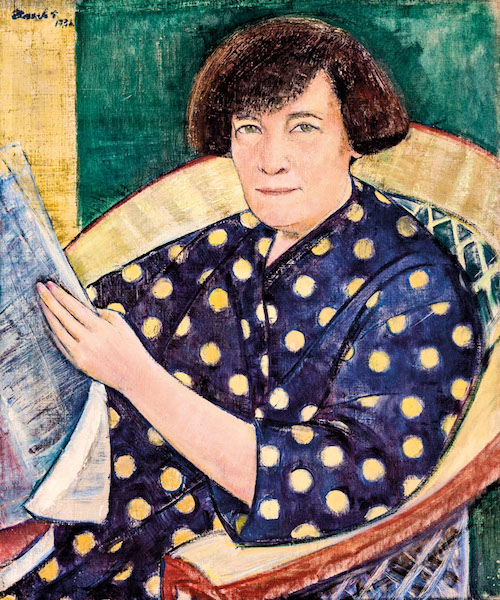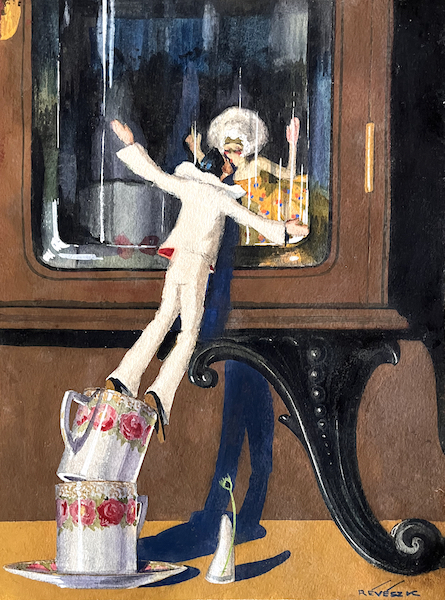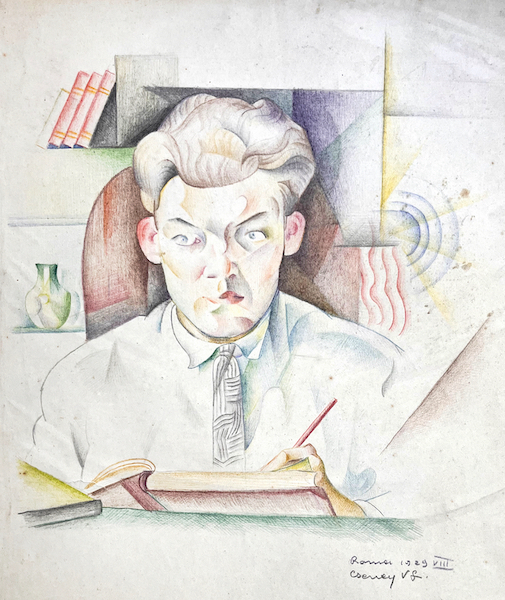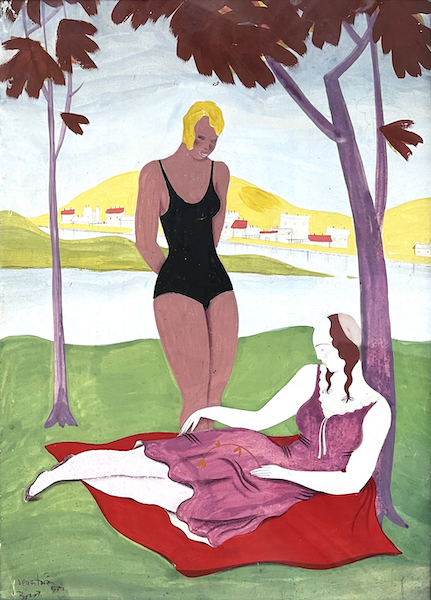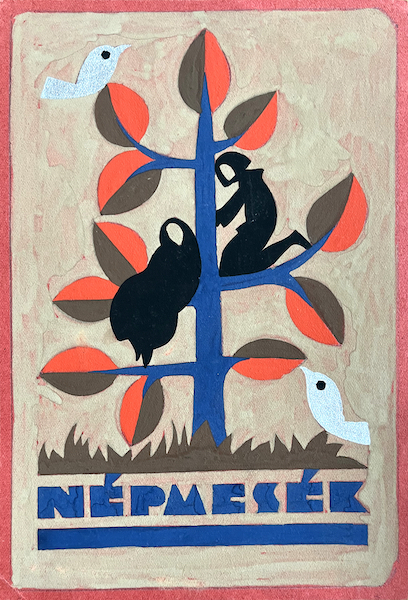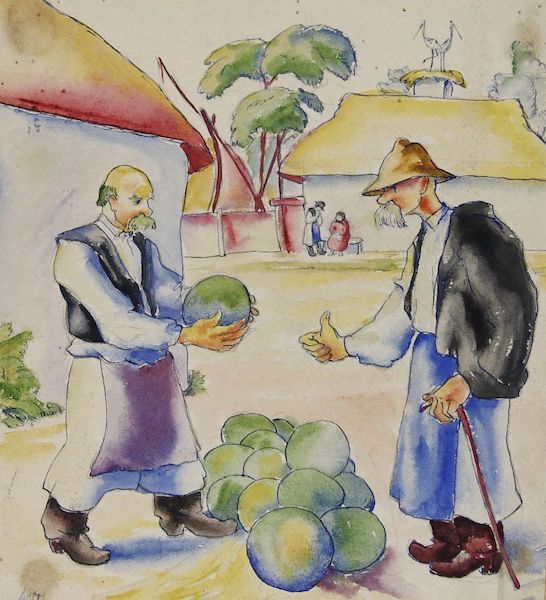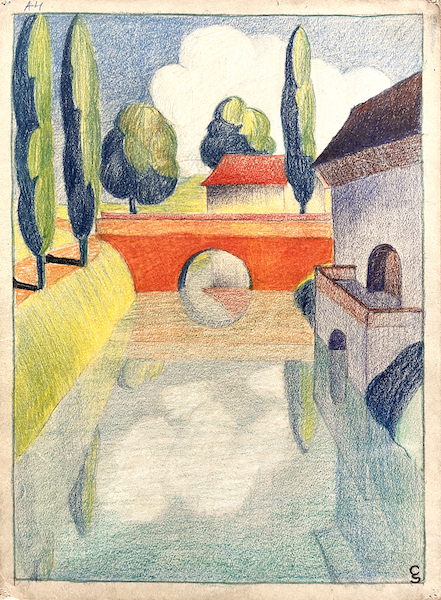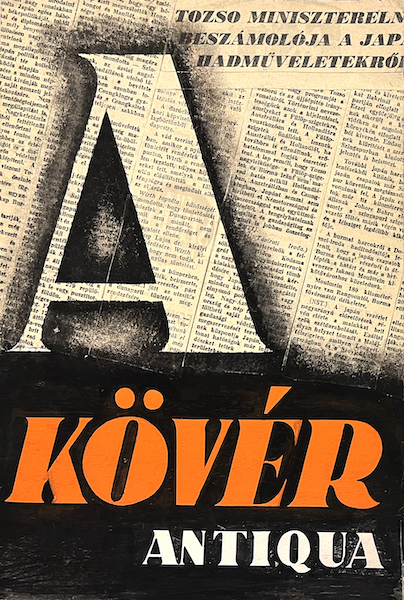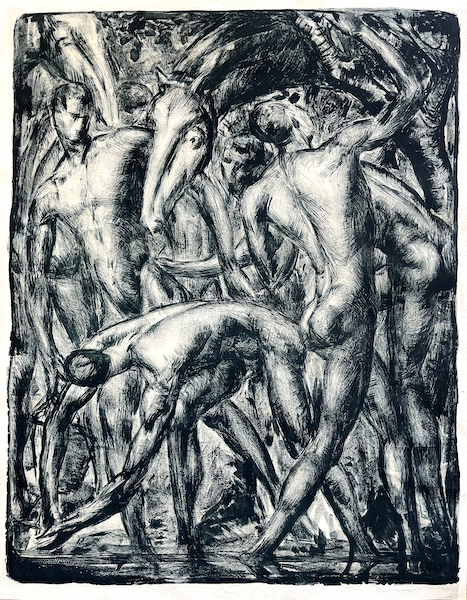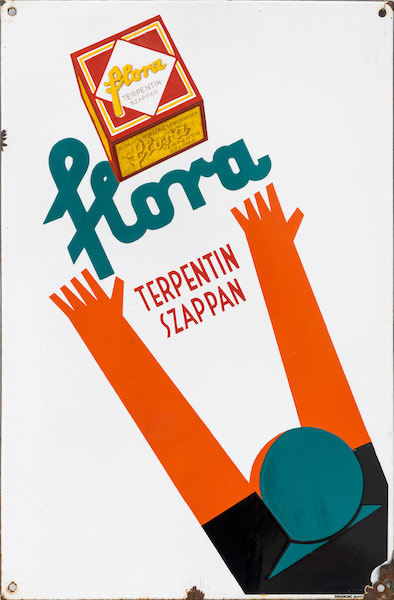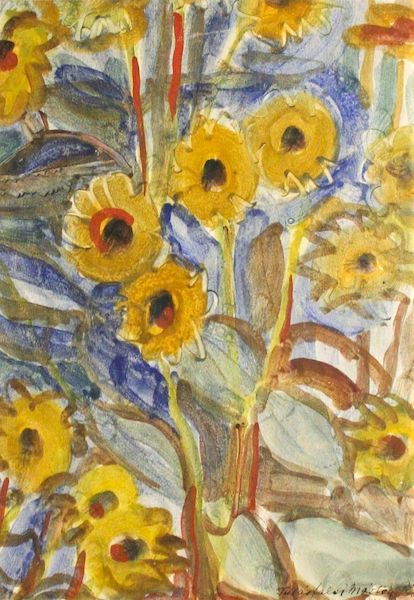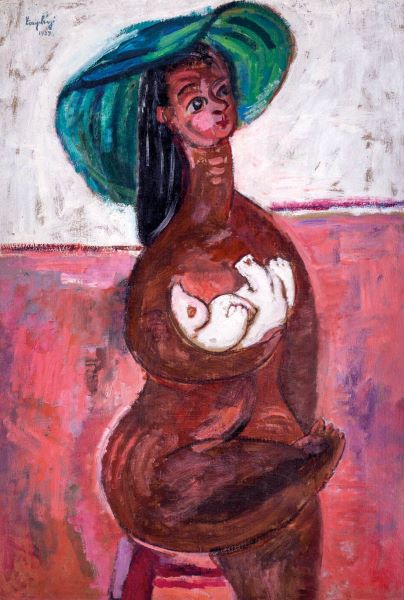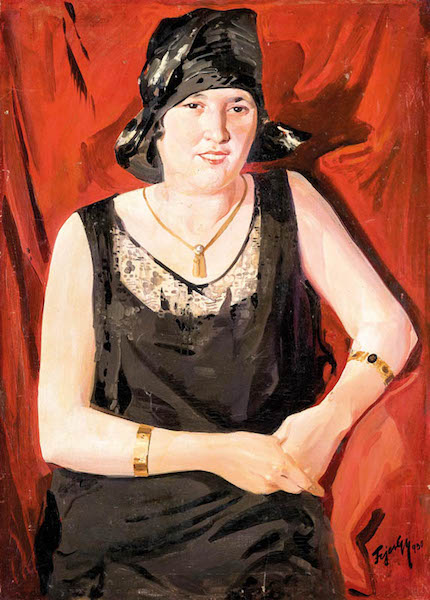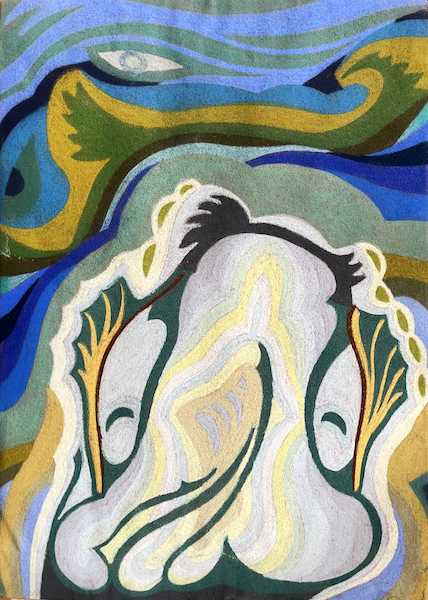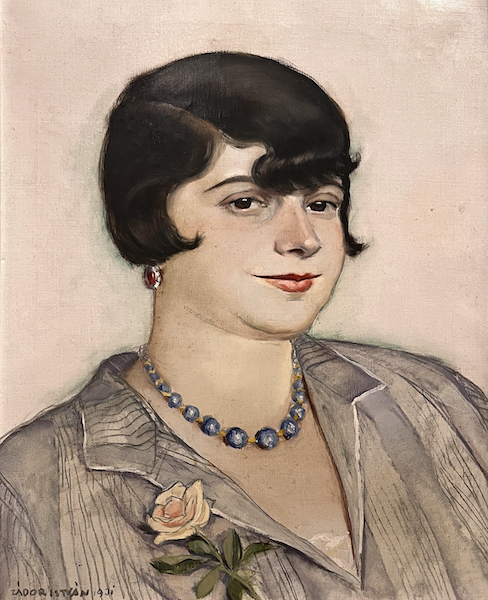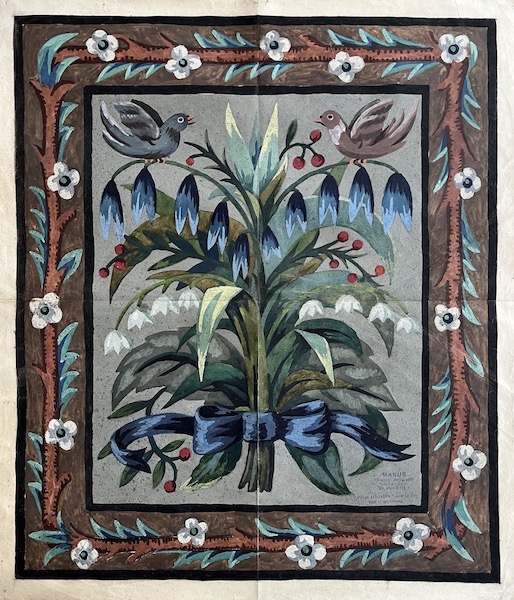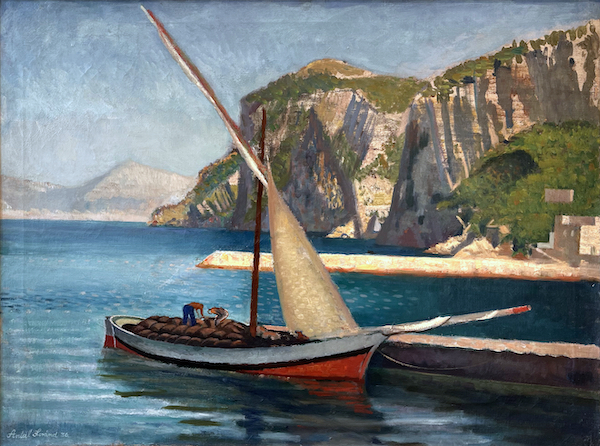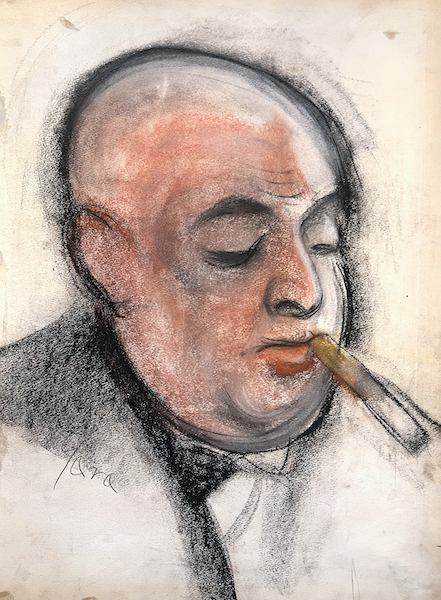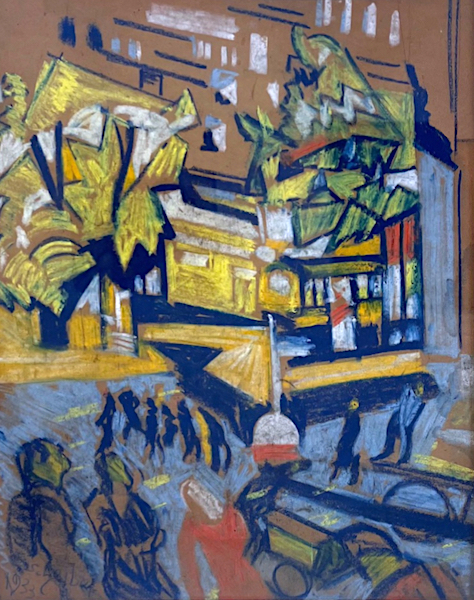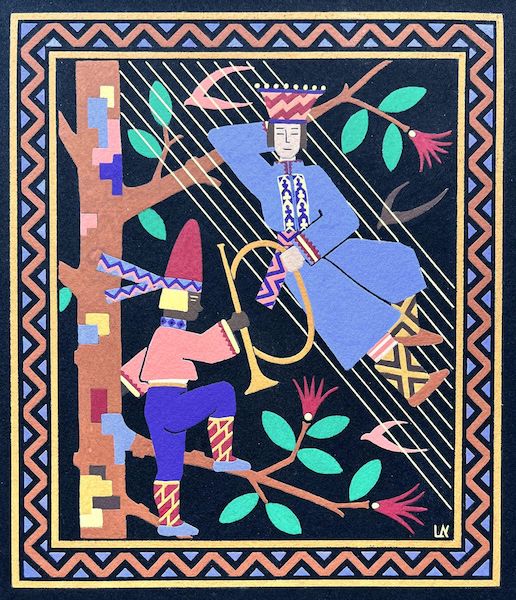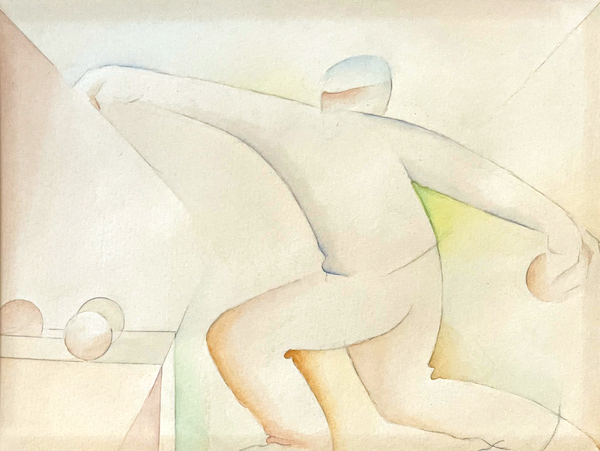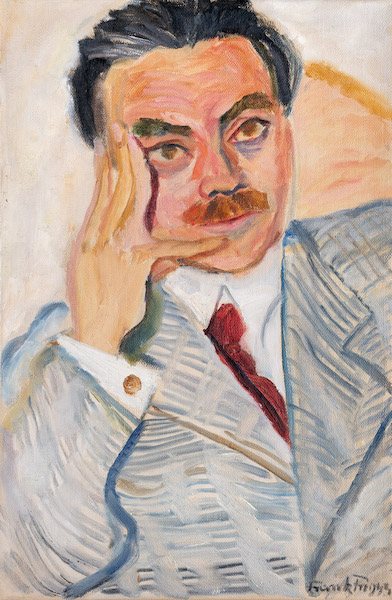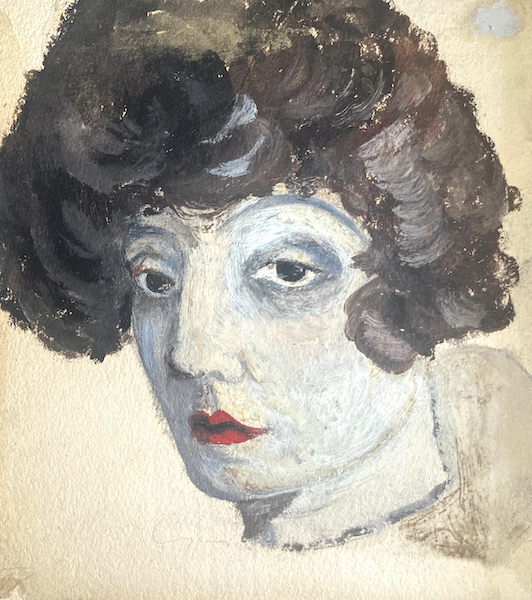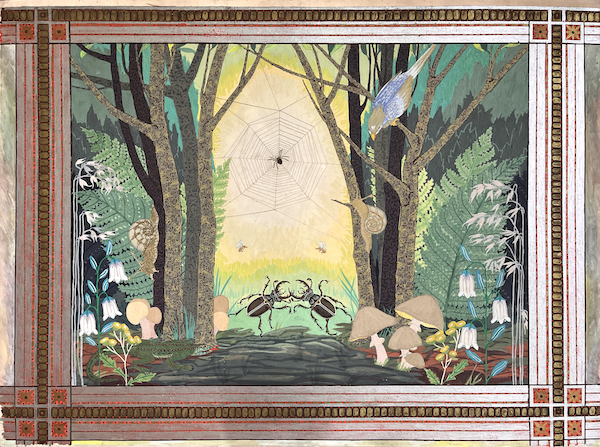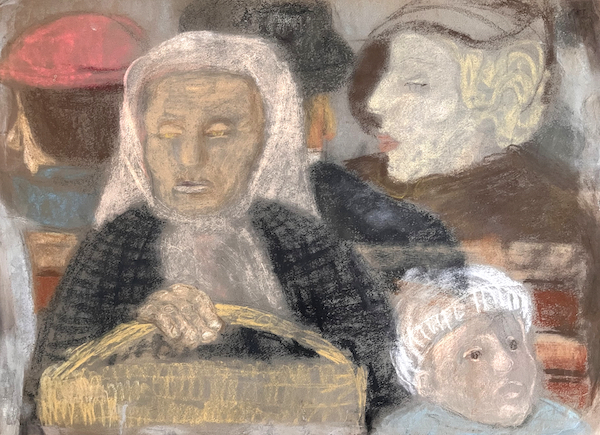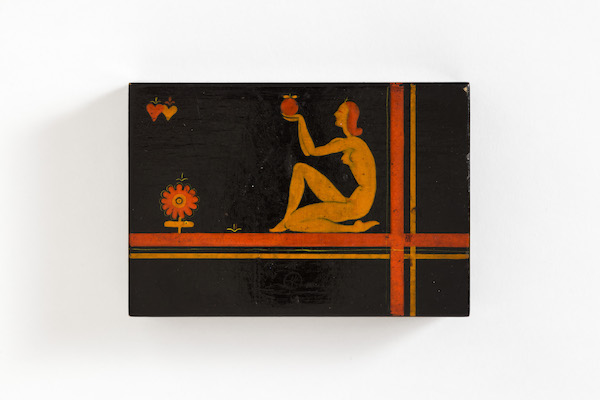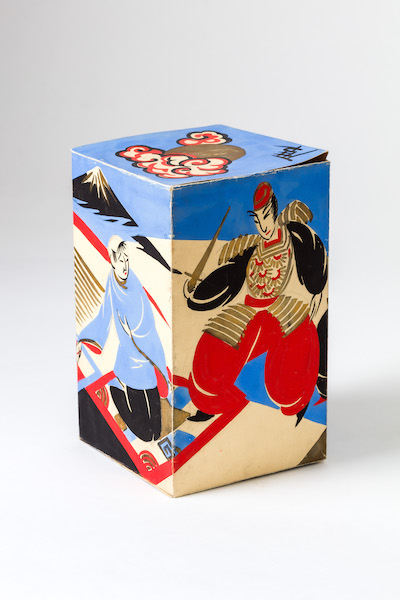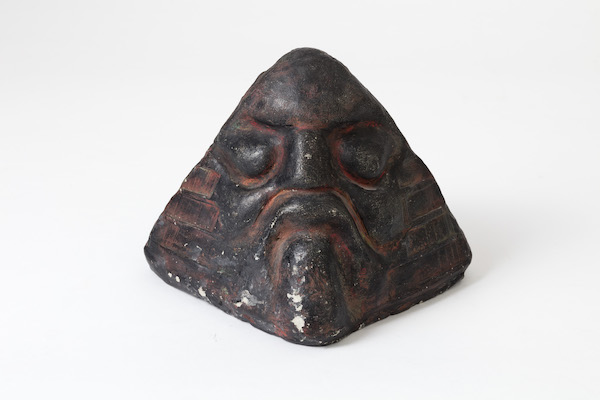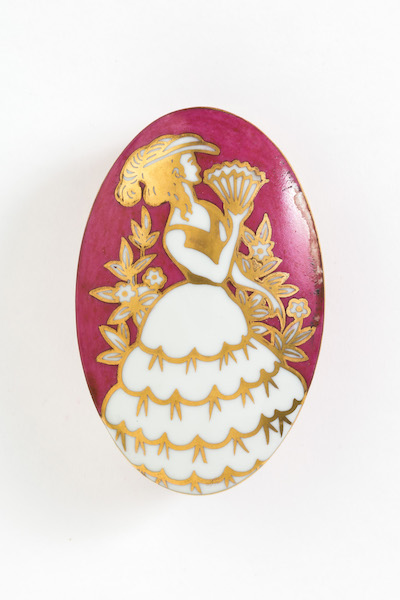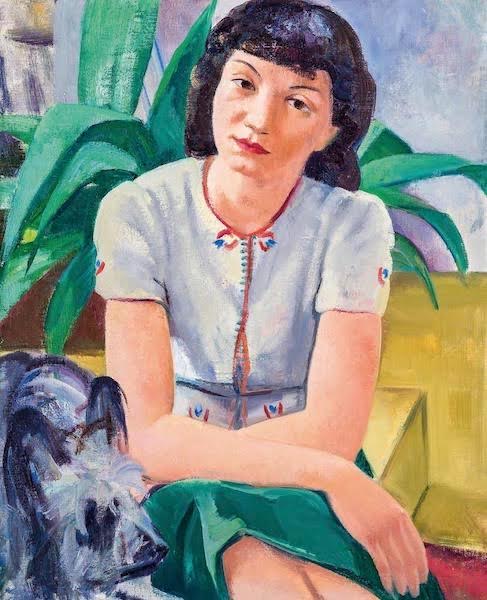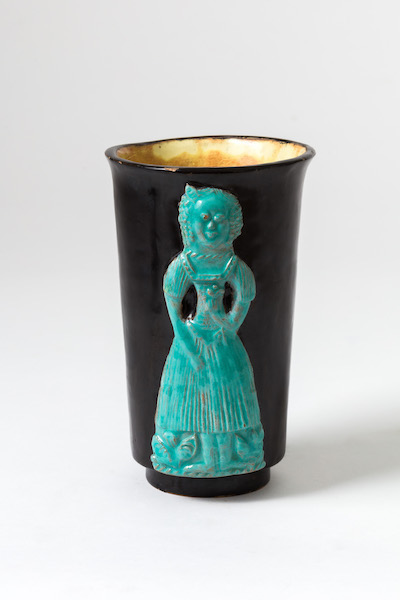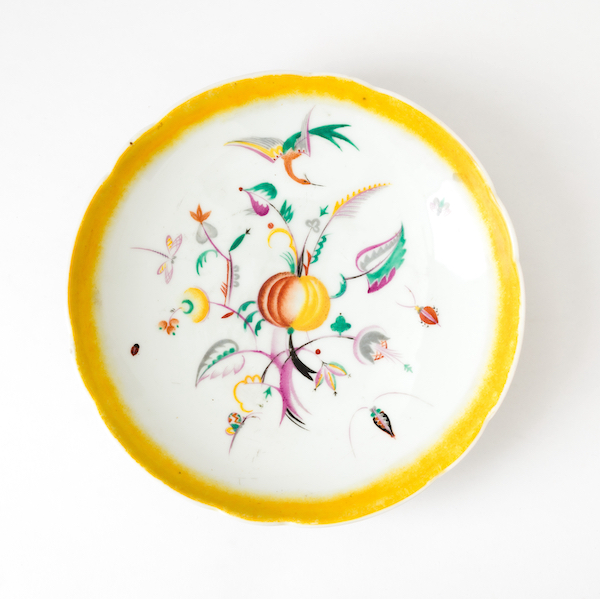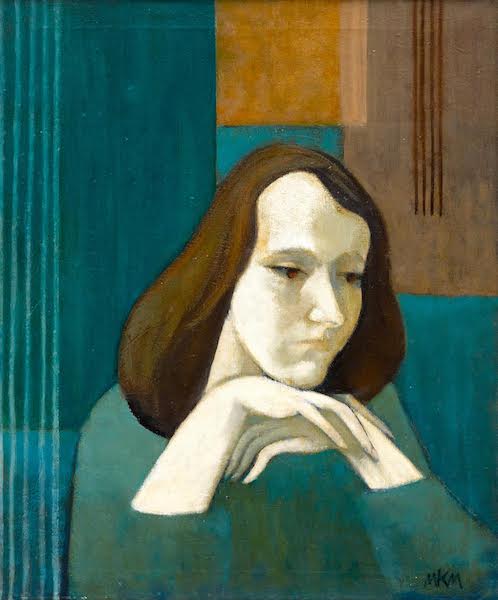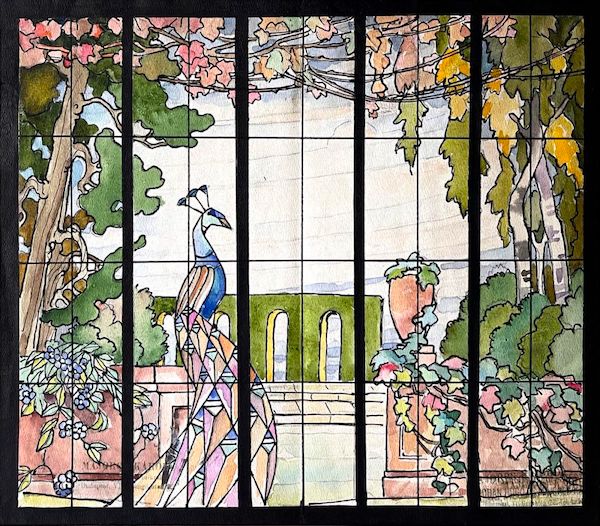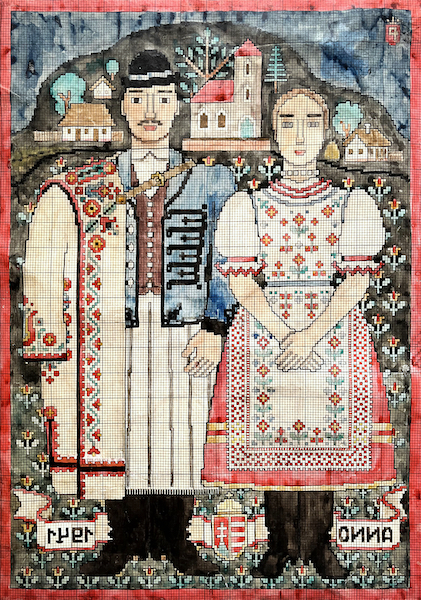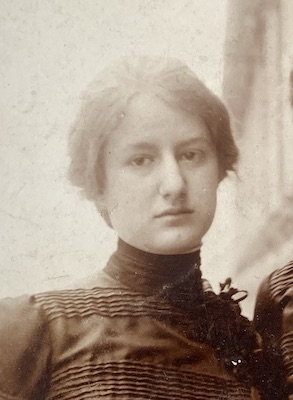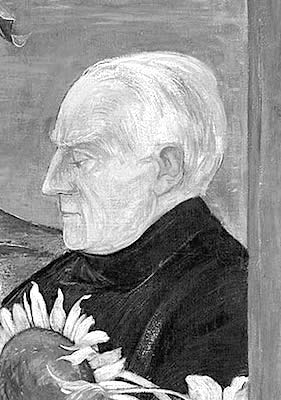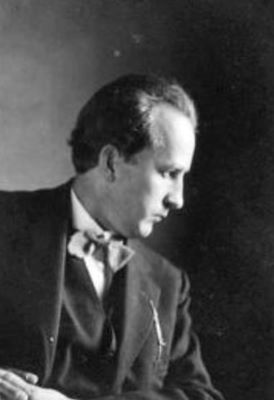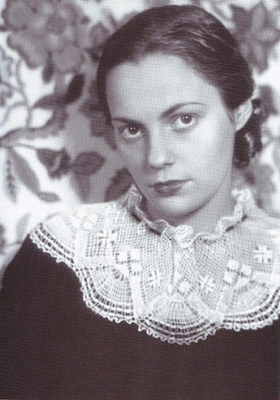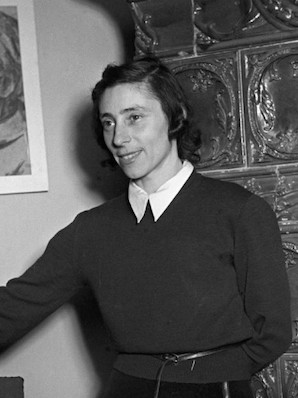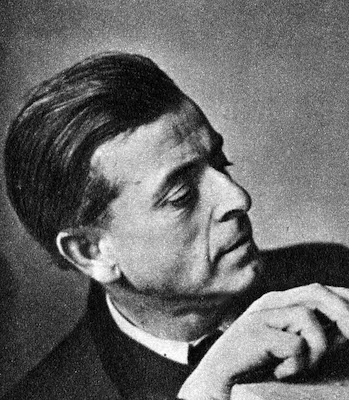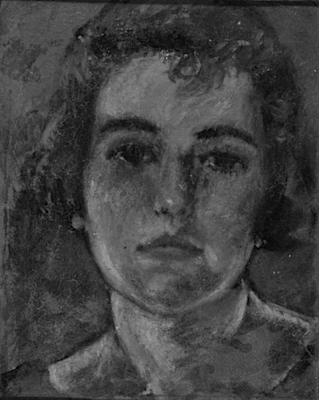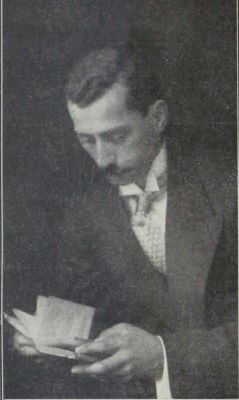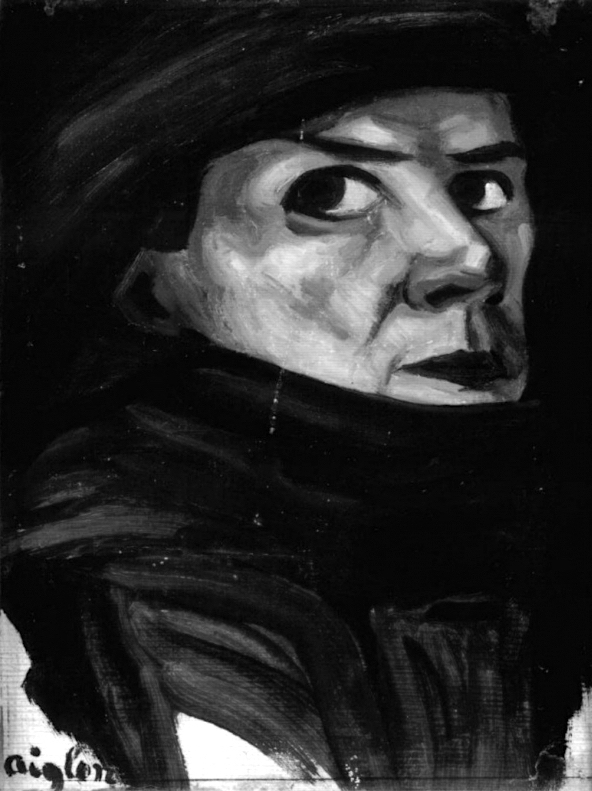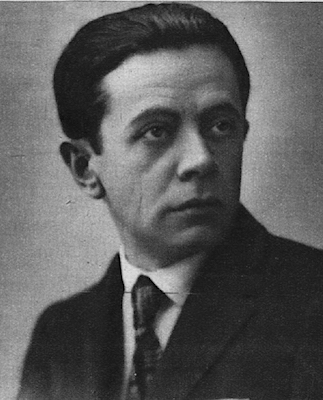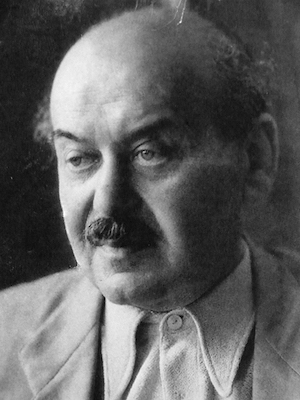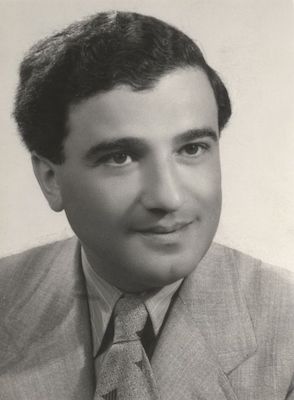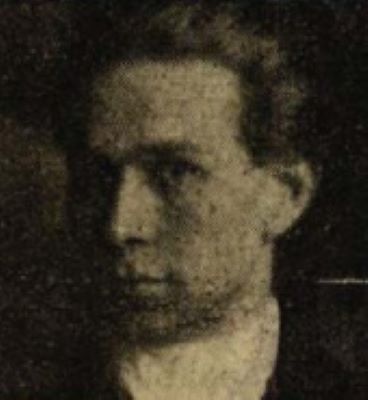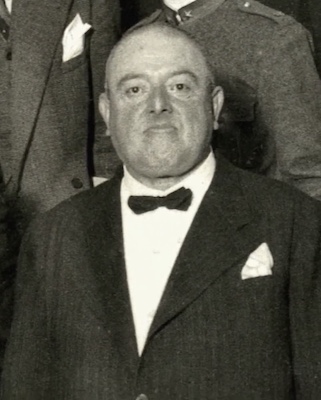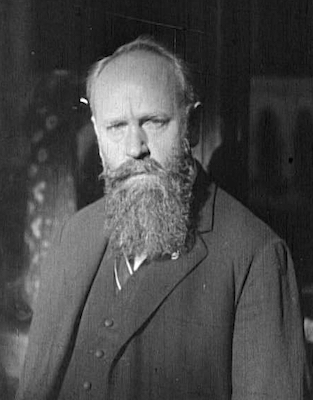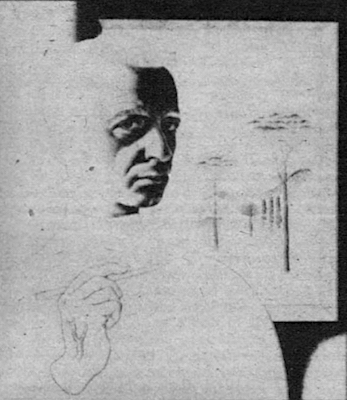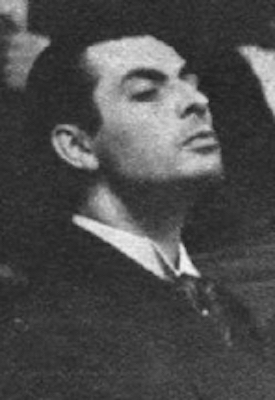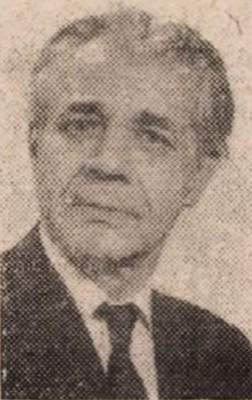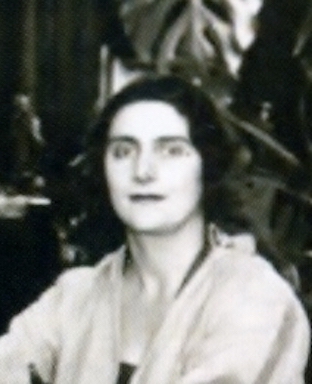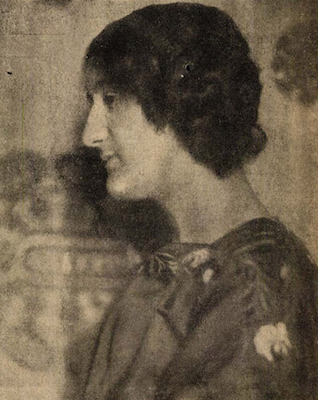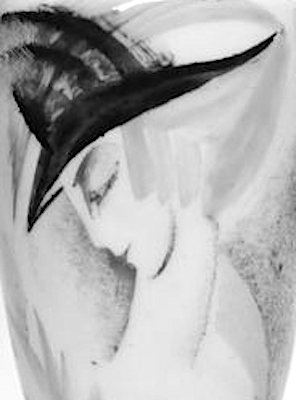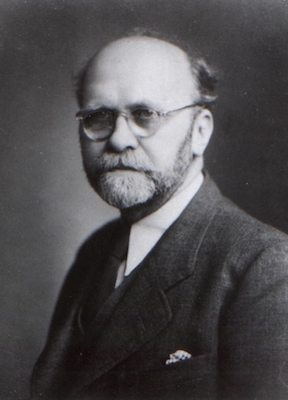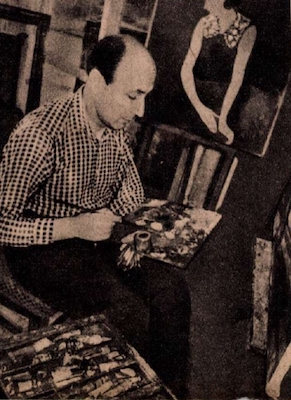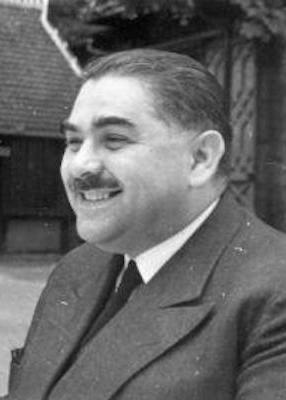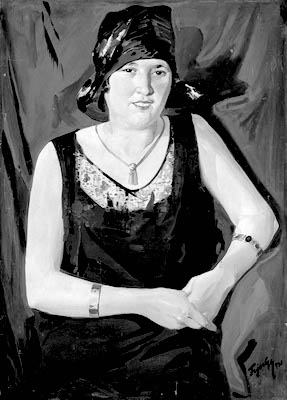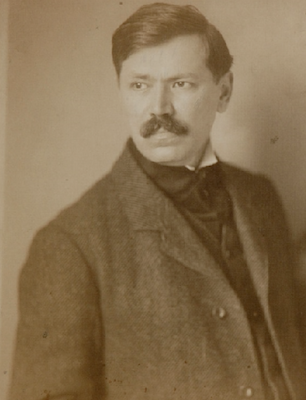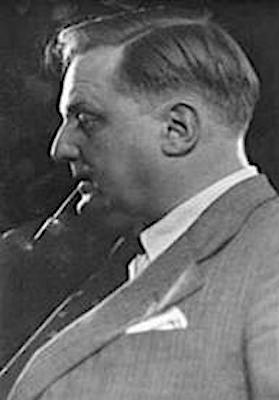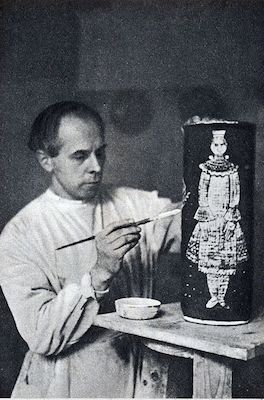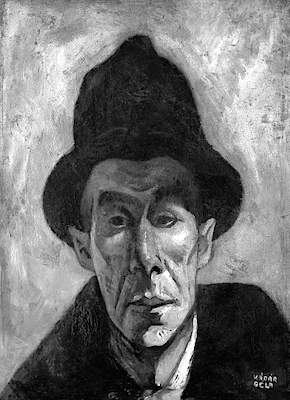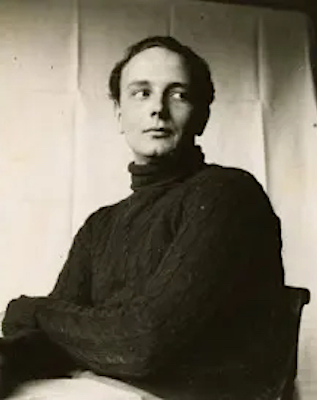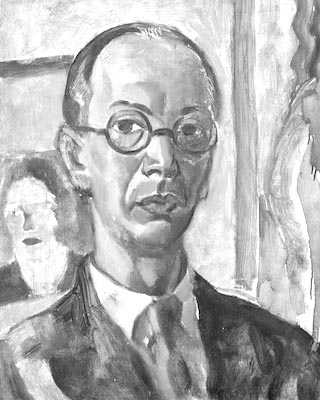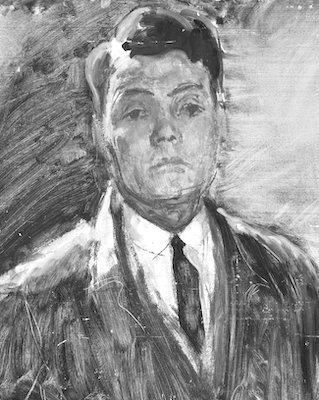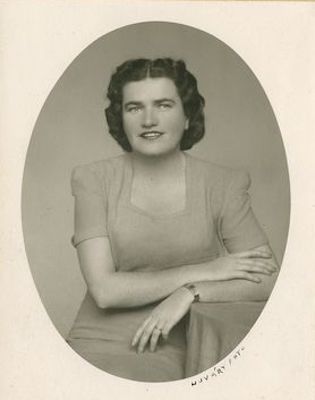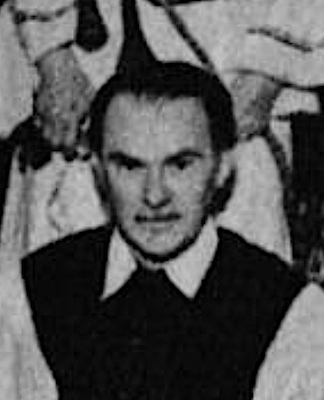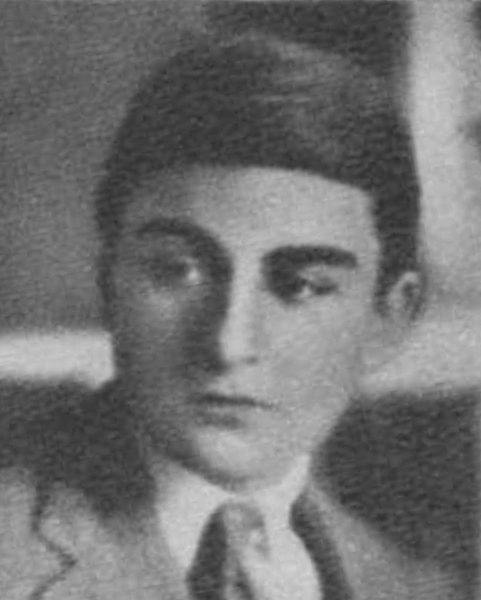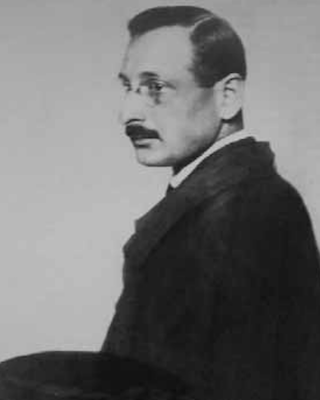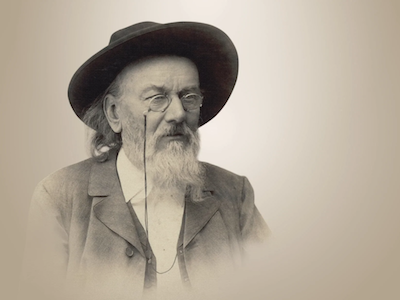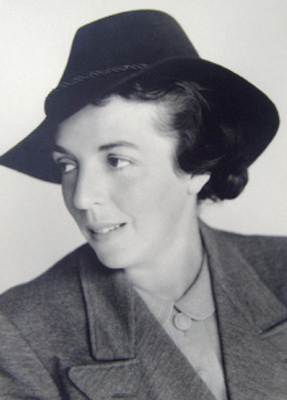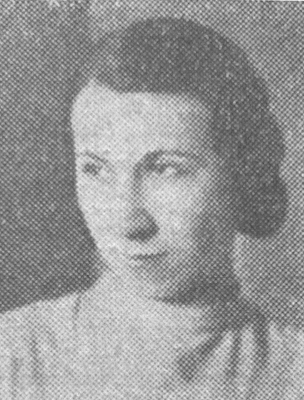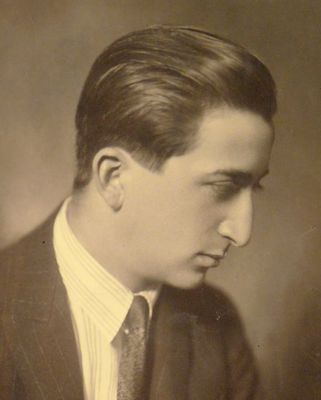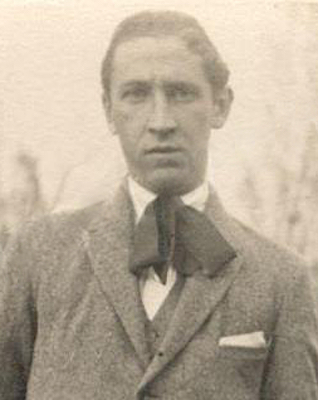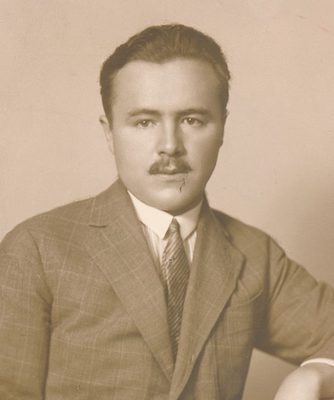Art Deco
(1926 - 1938)
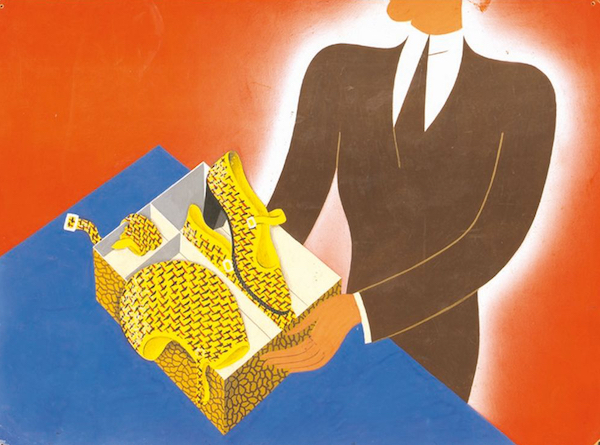
About
Art deco in Hungary
In its own time, it was labeled with the names ’modern decoration’, ’cubist-style decorations’, ’decorative expressionism’, or, as it was called in Hungary, ’zigzag decoration’. But the term art deco - originally derived from the abbreviation of the title of The International Exhibition of Modern Decorative and Industrial Arts (Exposition des Art Décoratifs et Industriels) held in Paris in 1925 - as an art historical category, spread internationally only from 1966, and in Hungary from the second half of the eighties. Based on partial research in recent years, it can be assumed that the presence of art deco was more pronounced in Hungarian art than previously thought.
Art deco is considered to first modern international style, thanks to the fact that it dared to handle freely the concept of style. Moreover, it started from the fact that styles can be easily combined and varied, not only in the (fine, industrial or applied) arts, but in all areas of life (e.g. advertising, design, film, fashion). Art deco’s origin and beginning are closely linked to art nouveau, escpecially to its late, geometric trend. But in contrast to it, art deco is not a stylistic nostalgia, not an escape into the past. Rather, art deco synthesizes the old in order to create something radically new. In this way, it combines the traditions of the art - above all the traditions of ancient and exotic cultures (e.g. Far Eastern, Egyptian, African) - with stylized modernity and avant-garde trends. Art Deco was not a single style, but a collection of different and sometimes contradictory styles.
The recession and depression following the First World War brought another period of escapism However, there is no mention now of the fugitive, elitist cult of beauty of the disillusionment at the end of the century, nor of the laborious seeking ways of the turn of the century, or the social-shaping radicalism of the avant-garde. Instead of the existing poverty and deprivation, art deco promised the average person a glamourous, luxurious lifestyle that sometimes tended to be frivolous and decadent. Art deco is essentially the popularization of modernism.
The characteristic style of art deco: rejection of realism's perception of space; lapidary molding; emphasizing scale differences; the use of forms of exotic cultures; stylization and reduction; its preferred form is the triangle or the zig-zag motif. Topics: the modern woman as a new ideal; night life characters (dancers, jazz musicians), activities related to modern city life (walking the dog, driving, playing sports, traveling, going to the cinema), exotic people and animals. The boundaries of art deco are very flexible, yet it is easily identifiable as it is part of public taste that appears in everyday visual culture. In its first period, art deco used mainly expensive materials (e.g. ivory, pearls, precious stones, ebony), but later to get involved in mass production by using the fashionable materials of the time (e.g. plastic, glass). One of the great advantages of art deco artifacts is that thanks to its simple forms it can be made and copied from both expensive and cheap materials. Art Deco proclaimed that luxury was for everyone.
There was no Hungarian pavilion at the aforementioned exhibition in Paris in 1925. Despite the official invitation, citing financial difficulties, the Hungarian government canceled the performance. But certainly the Trianon shock also played a part in this. Art deco first influenced Hungarian artists living in Paris (István Beöthy, József Csáky, Imre Huszár, Sándor Kelety, Gusztáv Miklós, Marcell Vértes, Béla Vörös) or spending a longer or shorter less time there (Pál Bor, Géza Hiesz, János Vaszary, Zsigmond Walleshausen ). Among them, József Csáky and Gusztáv Miklós became internationally significant figures of art deco sculpture, who fulfilled the demand for exclusive materials and high-quality workmanship at the highest level. Csáky's sculptures from the waist in the twenties show animals or standing, frontal, elongated figures similar to ancient figures (e.g. Female lion, 1924; Rooster, 1924; Female head, 1924). In addition to small sculptures, Miklós also designed doorknobs, handles, colored glass windows and other home furnishings. Béla Vörös made a living from ivory carving, István Beöthy initially did ceramics, Sándor Kelety designed his popular bronze and ivory figurines for the famous company Goldscheider and Etling, among others.
With some delay and hesitation, art deco appeared in Hungary as well. In architecture, applied arts, and interior design, art deco in Hungary has maintained its connection with folk art. A return to the ancient forms seemed to be a way out of the chaos of life. Artists recognize the importance of basic forms. The extremely versatile Lajos Kozma uniquely mixed baroque, rococo and folk elements in his furniture and decorative art in the 1920s, which the profession named "Kozma-baroque". With its neo-baroque style, this trend was salon-worthy, with its expressiveness it adapted to the "modernity" of the time, and at the same time, with its folkliness, it also served national self-consciousness. Two of Kozma's residential buildings stand out from this period: the Austerlitz House in Budapest (1924) and the Kner Villa in Gyomaendrőd (1925). Among the industrial artists, Júlia Báthory, Noémi Ferenczy, István Gádor, Géza Gorka, Gyula Kaesz, Margit Kovács, Éva Szabó, Arthur Lakatos, and Gusztáv Végh can be mentioned, whose oeuvre includes art deco features.
The revolutionizing of commercial graphics can be linked mainly to three artists who returned from emigration (Lajos Kassák, Róbert Berény and Sándor Bortnyik) between the two world wars. They created a completely new graphic style after the orientalist, overheated, sardonic taste of the Art Nouveau. The people appearing on the posters are often faceless, stylized men and women, whose "accessories" (e.g. top hat, eyepiece, lipstick, apron) reveal which social class the advertisement is targeting. In addition to designing posters (Magyar Hírlap, 1924; Harang szappan, 1929), Lajos Kassák tried to formulate the function, role and aesthetics of the advertising poster in his theoretical writings published in the magazines Reklámélet and Magyar Grafika. Returning from Berlin, Róbert Berény combines the stylistic features of German expressionism and expressionist films (e.g. bold foreshortenings and viewpoints, overlapping backgrounds) with geometric shapes reduced to symbols, as well as the faceless machine man often depicted in the Bauhaus (e.g. Flora turpentine soap, 1927; Palma rubber corners, 1928). Berény's most famous poster was made in 1929 for the famous tobacco paper company, Modiano. In this, he is able to depict the figure of an elegant man smoking a cigarette with the help of only a few well-chosen, colorful flat fields and infinitely simplified forms. An original copy of the poster sold for £37,500 at an international auction in 2015. The name Modiano has become a huge name in the poster trade, it has countless collectors, which is due to the fact that the company selected graphic designers with an extremely good eye and PR sense, and then regularly presented the theirs works at exhibitions and yearbooks. Sándor Bortnyik and the Budapesti Műhely (‘Budapest Workshop’ an art school, also known as the ‘Hungarian Bauhaus’), which he founded in 1928, produced advertising graphics for Modiano too. Bortnyik's goal was indeed to create a ‘Gesamkunswerk’ (‘comprehensive artwork) school, but he lacked the appropriate financial and intellectual capital. The main profile of the workshop thus became advertising and poster graphics, which at the same time was maximally imbued with the spirit of modernity. Bortnyik's contemporary art was based on the principles of the Bauhaus and followed the program of functionalism. His posters are characterized by strong visuality and reduction, tight composition, objective formal language, simple but all the more suggestive rhythmic play of letters, shapes and colors (e.g. Newspaper, 1926; Modiano, 1926). Like Kassák, Bortnyik also wrote articles in defense of modern environmental and advirtesement design, as he considered advertising as a tool for shaping society and educating taste. Many later successful artists and graphic designers started from Budapesti Műhely (e.g. János Halász, Ata Kandó, Gyula Macskássy, Victor Vasarely). Tihamér Csemiczky became the chief designer of the electronics brand Tungsram. The synthesis of posters for folk and urban audiences can be attributed to István Irsai. His poster, the Smoking Peasant (1931) combines the traditions of the twenties with the national folkloristic features. Bortnyik and Berény's style became more picturesque and decorative in the 1930s under the influence of Art Deco.
Following the escalation of the applied genres, art deco also appeared in the genres of grand art and fine art. From the aspect of stylistic moments, the style of individual works and artefacts initially emerged as a specific period in the career of an individual creator. In painting, János Vaszary and Gyula Batthyány, who fondly depicted the period of les années follées in their works. Vaszary's visit to Paris in 1925 opened a new era in his oeuvre: he applied pure, unmixed, bright colors to the white-based canvas with quick gestures. Plasticity and materiality almost disappear, the surface is dominated by decorative, large color spots and accentuated, energetically applied contours. Vaszary visited the nightclubs one by one, using colored pencils and watercolors to improvise snapshots of the dancers and guests. He presented the characteristic figures of the era with a great sense of character. In his last great periode, Vaszary became a painter of beauty and joy of life. On the other hand, his former student, Gyula Batthyány, who was not only a (popular) perpetuator of high-world life, but also belonged to the Hungarian aristocracy by right (as a scion of the Andrássy family) – presented the everyday life of his own social class with a grotesque edge and self-irony in his paintings. Horse races, receptions, theater premieres. He not only painted the stars of the era and the fashionable women of Pest (Ticharich Zdenka, Tamara Karsavina, Bajor Gizi, Júlia Count Apponyi), but also gave make-up advice, dressing tips and designed clothes. His paintings are characterized by: the unusual point of view and spatial perspective; the (over)crowding, cavalcade of decadent forms; swirling lines; elongated, unfolded, sensual forms and surfaces reminiscent of Mannerism. The works of Béla Kádár, Zoltán Klie, Pál C. Molnár, György Rauscher, Klára Róna, Attila Sassy and Ödön Vaszkó from the 1920s and 1930s move on the frontier of art deco. In the field of Hungarian Sculptor, art deco plays an important role in the oeuvre of Elza Kalmár Kövesházi. She lived abroad for a long time, then settled permanently in Budapest after World War I. The recurring theme of the oeuvre is the figure of the dancer, inspired by Isadora Duncan then her own daughter, who was one of the leading dancers both at Alice Madzsar’s school of movement art and body culture and at Ödön Palasovszky’s avant-garde theater. Kalmár was mainly interested in the expressive power of movements, the capture of the condensed moment of gesture and emotion, the incessant interplay of drawing, spatiality and decorativeness. Kalmár also designed costumes (e.g. Machine Dance, Breathing Dance, Fire Sermon) and stage design (The Life of Numbers, 1929) for her daughter's performances.
Artworks in this theme
related artists
Álmos Jaschik
(1885 - 1950)
Gitta Gyenes
(1880 - 1960)
Elek József Csortos
(1875 - 1934)
Jenő Gábor
(1893 - 1968)
Mária Lehel
(1889 - 1973)
Szilárd Detre
(1891 - 1945)
Judit Beck
(1909 - 1995)
Dezső Bokros Birman
(1889 - 1965)
Klára Kliené Róna
(1901 - 1987)
Arnold Gara
(1882 - 1929)
Attila Sassy
(1880 - 1967)
Aladár Kacziány
(1887 - 1978)
Margit Galambos
()
Lajos Kozma
(1884 - 1948)
József Gróf
(1892 - 1944)
Ferenc Révész - Ferryman
(1893 - 1983)
Hugó Scheiber
(1873 - 1950)
Ferenc Zajti
(1886 - 1961)
Tihamér Csemiczky
(1904 - 1960)
János Héjjas
(1906-2001)
Ernő Gyimesi Kásás
(1901 - 1994)
Vazul Adamovics Arányi
(1910-1969)
Edit Basch
(1895-1980)
Mária Turán Hacker
(1886 - 1967)
Margit Fiora
(1898 - 1984)
István Zichy
(1879 - 1951)
Géza Vörös
(1897 - 1957)
Jenő Haranghy
(1894 - 1951)
Vidor Tafner
(1881 - 1966)
Gyula Fejes
(1895 - 1956)
János Vaszary
(1867 - 1939)
Vilmos Aba-Novák
(1894 - 1941)
István Gádor
(1891-1984)
Béla Kádár
(1877 - 1956)
Gyula Batthyány
(1887 - 1959)
Armand Schönberger
(1885 - 1974)
Lóránd Antal
(1903 - 1975)
Ferenc Reichental
(1895 - 1971)
Emmy Róna
(1904 - 1988)
Alfréd Feiks
(1880 - 1953)
Gábor Peterdi
(1915 - 2001)
Frigyes Frank
(1890 - 1975)
Ferike Róna
(1894 - 1978)
Pál Molnár C.
(1894-1981)
Zsolnay
()
Lili Márkus
(1900-1962)
Erzsébet Berkovits
(1906 - )
György Fenyő
(1904 - 1978)
Endre Faragó
(1901 - 1943?)
Tibor Gönczi Gebhardt
(1902 - 1993)

.jpg?locale=en)
